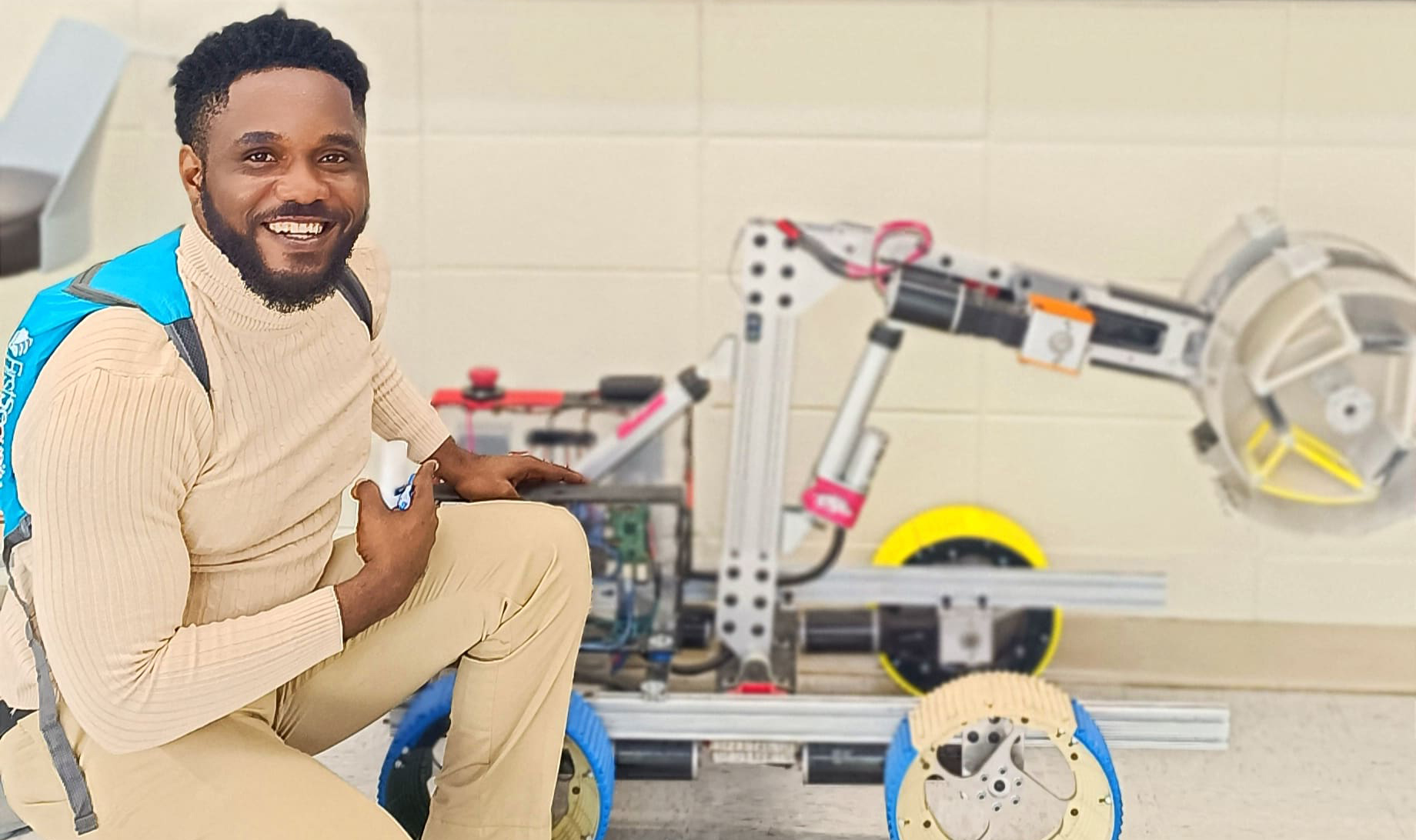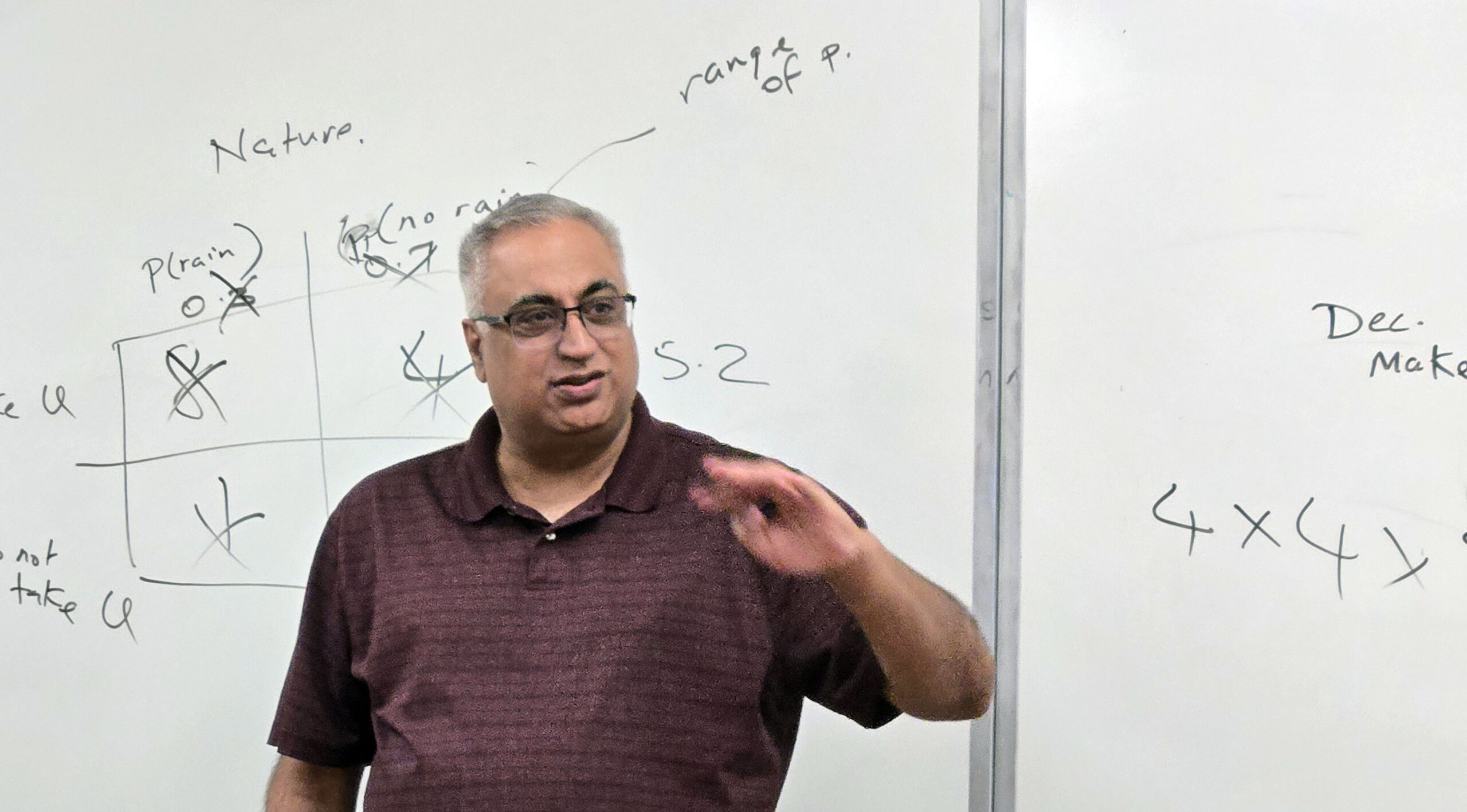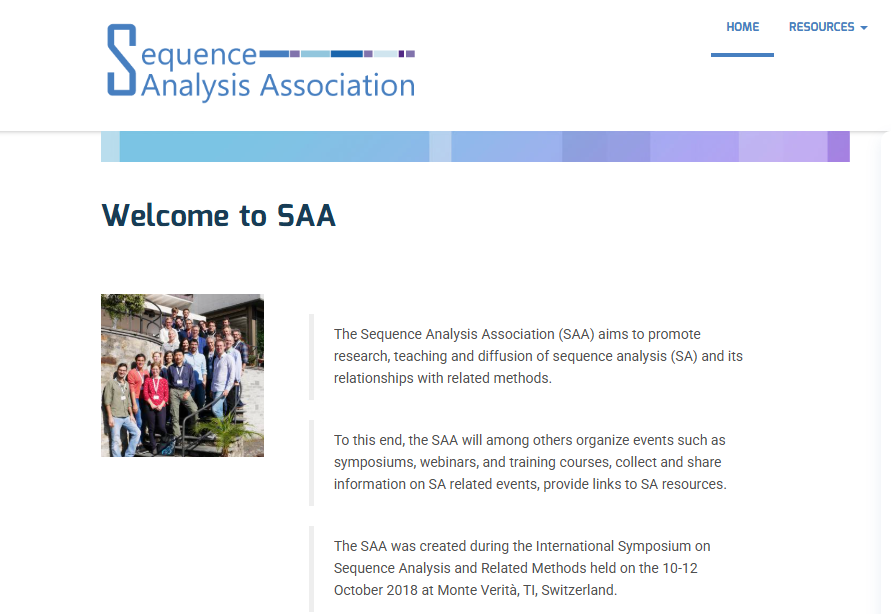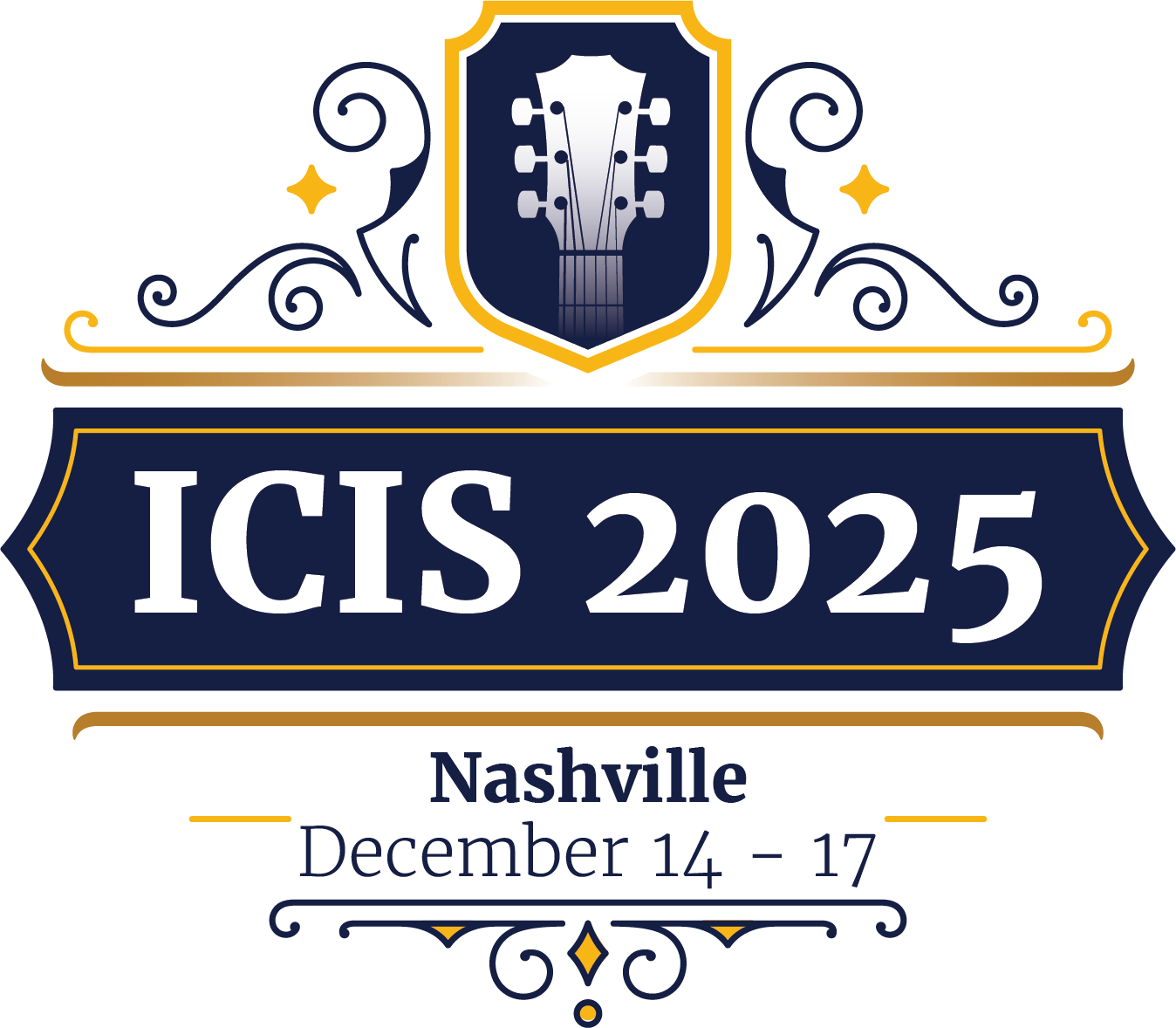James S. Coleman – University of Chicago
This paper by James S. Coleman introduces and explores the concept of social capital and its role in the creation of human capital. Here are the key concepts and main points:
1. Social Capital:
Social capital refers to the resources that exist in social relationships and structures. It is defined by its function and consists of various aspects of social structures that facilitate certain actions of actors within those structures.
2. Forms of Social Capital:
Coleman identifies three main forms:
- Obligations, expectations, and trustworthiness of structures:
- This form of social capital refers to the reciprocal relationships within a social structure. It’s based on the idea that if you do something for someone, you expect that they will reciprocate in the future, creating a system of mutual obligations.
- Information channels:
- This refers to the potential for information that inheres in social relations. Social networks serve as conduits for the flow of helpful information that can facilitate action.
- Norms and effective sanctions:
- This form relates to the existence of effective norms and sanctions that encourage or constrain certain behaviors within a community or group.
3. Comparison with Other Forms of Capital:
Unlike physical or human capital, social capital exists in the relationships between people. It is less tangible but equally important for productive activity.
4. Social Capital in Families:
The strength of relationships between parents and children represents social capital within families. Factors like the physical presence of parents and their attention to children are crucial.
5. Social Capital in Communities:
This includes relationships among parents, closure in social networks, and relationships with community institutions. Coleman used the example of religious schools to demonstrate how community social capital affects educational outcomes.
6. Public Goods Aspect:
Most forms of social capital have a public goods quality, meaning that those who create it capture only a small part of its benefits. This leads to underinvestment in social capital.
7. Impact on Human Capital Formation:
The paper demonstrates how social capital in both families and communities significantly affects human capital formation, using high school dropout rates as a measure.
8. Intergenerational Closure:
This concept refers to the relationships between parents of children who are friends, which creates a closed network that can enforce norms and expectations.
9. Declining Social Capital:
Coleman suggests that changes in family and community structures may be leading to a decline in available social capital for young people.
10. Theoretical Strategy:
The paper aims to introduce social structure into the rational action paradigm, bridging sociological and economic approaches to social action.
The overall argument is that social capital is a crucial but often overlooked resource that significantly impacts individual outcomes, particularly in education. Coleman emphasizes the need to recognize and cultivate social capital to support the development of human capital in future generations.
Coleman-SocialCapitalCreation-1988









Leave a Reply